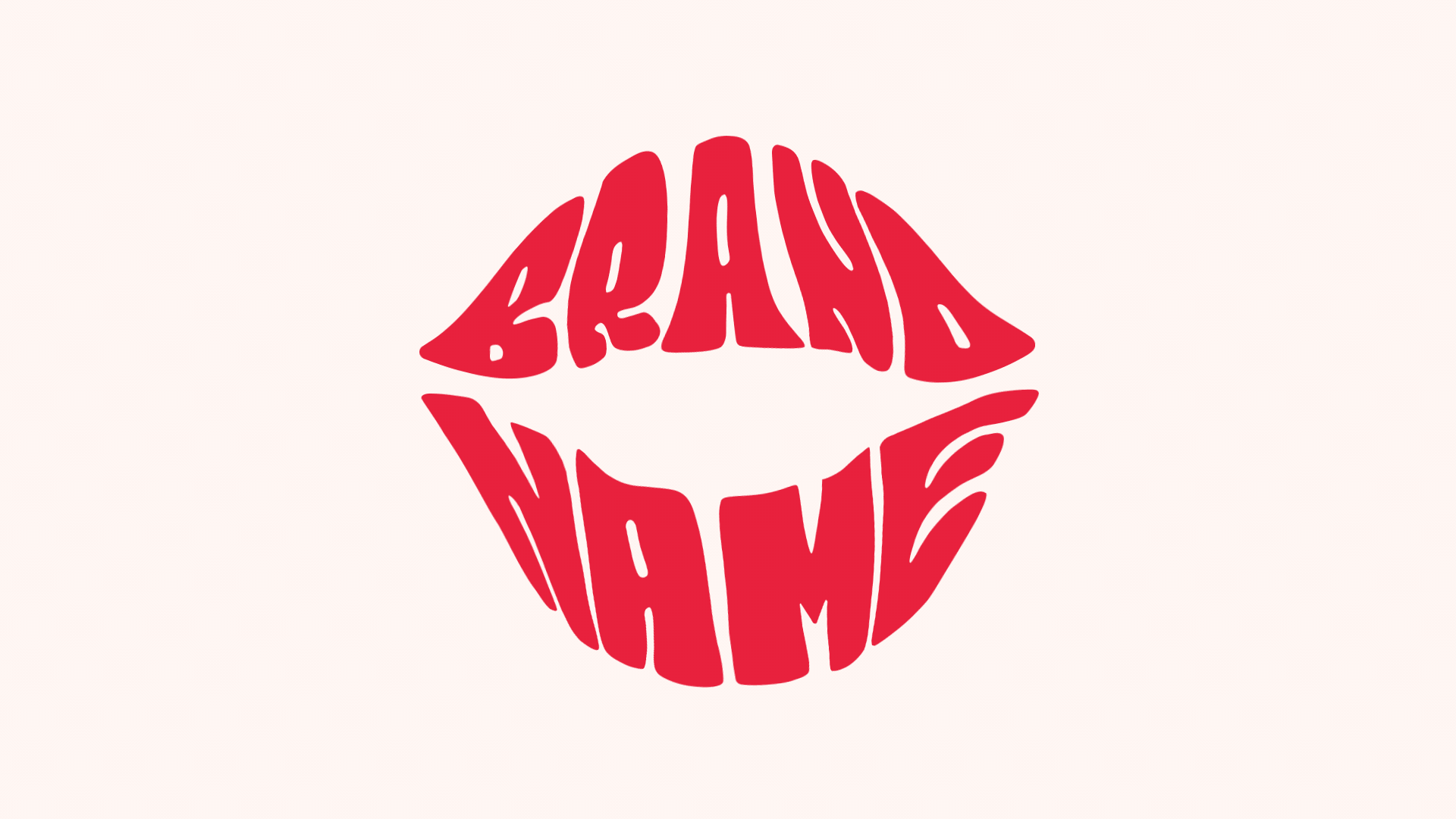For many brands, making social media work is a lot like embarking on a new diet. You start out super excited, prep a bunch of meals and vow to only eat healthy food for the rest of your life.
After a couple of weeks, when the excitement wears off, you start skipping the odd meal and making more and more trips to Domino’s and Krispy Kreme. Before you know it, you’ve totally fallen off the wagon and you’re back to eating Snickers bars for breakfast, donuts for lunch and turkey twizzlers for dinner.
Sure, you’ll have the odd healthy meal from time to time. But you’ve mostly given up and decided eating right just isn’t for you. It probably doesn’t make a difference to your health anyway, right?
When it comes to social media, many brands follow that exact pattern. They start out energetic and enthusiastic and post consistently day-in, day-out. But then, after a few weeks, they lose their momentum and start putting less effort into their content and posting less frequently. Before they’ve even given social media a chance, they give up and decide it doesn’t work.
Does that sound familiar? You’re not alone.
(Don’t believe the social media hype? Learn the facts here.)
If you want your brand to prevail in today’s competitive climate, you need to be making the most of social media. It’s no longer a fad: it’s a requirement for businesses that want to succeed in 2019 and beyond. So to help your brand make the most out of it, here are some fresh social media tips straight from the Elastic Creative kitchen.
Define Your Goal
Before you get into brainstorming hilarious tweet ideas or quirky captions for Instagram, you need to decide what you want your brand’s social media to achieve.
Ask yourself:
- Do you want to engage your audience and start conversations?
- Do you want to showcase your products and drive sales?
- Do you want to use social media as a vehicle to promote your blog content and articles?
It’s important to be realistic when setting your social media goals. If you’re selling a high-ticket service item, for example, you’re likely to have a lengthy sales funnel. So you aren’t going to drive big sales with organic social media content.
You’d see more success using social media to engage your audience, spark conversations and nurture relationships that could become profitable as users move closer to a purchase decision.
If you’re an online retailer selling mid-range clothing accessories, on the other hand, you’ll have a much shorter sales cycle. You’d be better off setting a goal to showcase your products and drive sales, since a great image or offer is likely all it’ll take to arouse curiosity and spark a sale.
Decide Your Platform
Once you’ve set your goal, you’ll then need to decide what platforms you’re going to use. Most businesses will benefit from being active on at least one of the big four: Facebook, Instagram, LinkedIn and Twitter. But your final decision should be based on the social media habits of your target audience.
If you’re unsure about your target audience and their behaviours, it’s well worth doing some research. When we conduct our brand-id workshops for clients, for example, one of the first things we do is establish a range of buyer profiles that identify what social media channels our client’s target audience is using. This ensures they don’t waste time and money posting to channels their audiences aren’t using.
If you don’t have the resources to do market research, or you’re a new company without any data, then there are some general rules you can follow. B2B companies tend to do better on LinkedIn and Twitter, whereas B2C companies do better with Facebook and Instagram. If you’re promoting products with great visual appeal, then it’ll also be worth investing time in Pinterest, too.
Find Your Voice
Imagine you’re in a conversation with a friend. At the start of the conversation they’re full of energy and inspirational. Then, a moment later, they’re suddenly calm and professional. Then, when you just start getting used to that, they suddenly start acting cocky and cracking jokes. You’re going to be a little freaked out.
While that scenario probably doesn’t happen often with your friends, it’s a common communication problem for brands on social media. Their tone of voice is all over the place. And that can freak users out and have a negative impact on the success of their content.
To make the most of your social media you’ll need to decide on a tone of voice and keep it consistent across all of your channels. Your tone of voice lets your customers know what it’s like to do business with your brand. As a rule of thumb, you should generally opt for a conversational tone that’s free of waffle and overly complex language. It can help to imagine you’re having a face-to-face conversation with your customers when writing your social media content. It’ll help you capture the essence of your brand and communicate authentically.
Have an Aesthetic
Your aesthetic is your visual tone of voice: the colours, fonts and designs you use. If you’ve already got a website and a logo, then you probably have some colours and fonts that form your brand identity. So, as a starting point, you’ll want to make sure your image-led social media content is in line with that.
Your aesthetic is also going to be influenced by the industry you’re in. An estate agent, for example, might want to upload pictures of properties. But, if all the pictures are of varying qualities, with huge variances in colour balance, it’s going to hurt the aesthetic of their channel.
An estate agent would benefit from setting an aesthetic standard for photography to ensure the channel always looks sharp. Not only will this make the content more appealing to the audience, but it will also communicate the brand’s quality, and that’s likely to give users confidence in the business.
No matter what industry you’re in, it’s always better to opt for best-quality photography when it comes to social media content. As for text-led images, it won’t hurt to experiment with colours, but you’ll need to make sure fonts and design assets are similar across the board to ensure they retain your brand personality. You want users to see it and instantly know it’s you.
Be consistent
Your social media needs to be consistent on two levels. As we’ve already mentioned, you need to keep your tone of voice and aesthetic consistent. But you also need to make sure you post consistently. If you’re not posting often, then you’re missing out on opportunities to interact with your would-be customers.
It’s also worth mentioning that the time you post can have a huge impact on your success, with posts performing better at different times of the day on different platforms. By learning and adapting to the posting times that generate the most engagement for your brand, you’ll be able to maximise the effectiveness of your content and increase its reach.
Wrap-up
By now you’re probably ready to rush off, overhaul your social media accounts and rig them up for success. But hold off for just a second, because there are some things to keep in mind before you do.
While there are best practices, social media isn’t an exact science. You could follow all the rules in the book and still not see the kinds of return on investment you want. When this happens, you might be tempted to quit social media and convince yourself that it just doesn’t work. But the truth is, it really does work.
People spend ridiculous amounts of time on social media. And they will interact with the brands they love. So, if they’re not interacting with you, then it’s because you haven’t yet found a way to engage them, excite them or make them love your brand.
This doesn’t mean you should get downhearted. It just means you need to analyse what’s working, what isn’t and then experiment with new ideas for content until you start seeing results. We call this Elastic Thinking: the spirit of experimentation and the courage to try something new.
If you’re struggling to connect with your audience on social media, then be sure to get in touch. We’ve helped loads of brands use social media to get more traffic, leads and customers.




